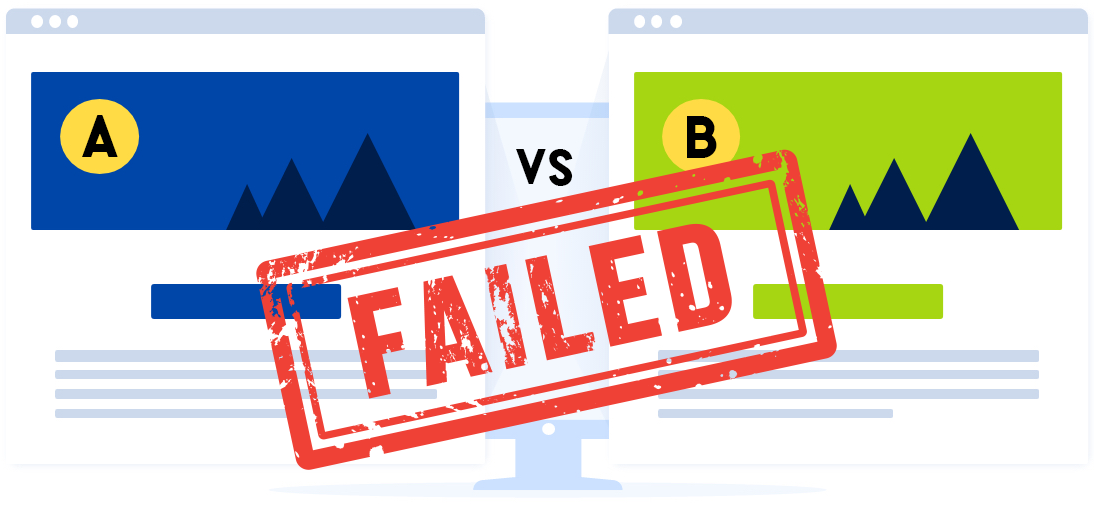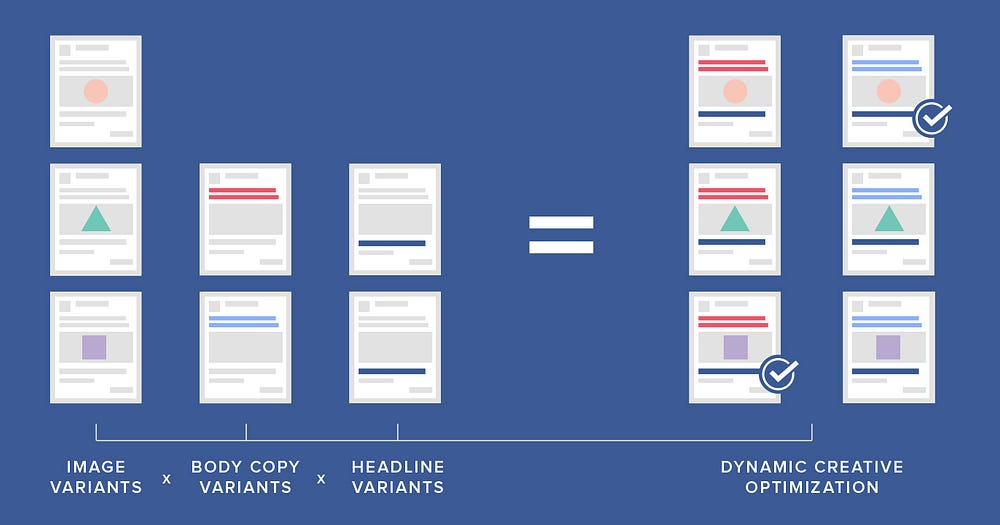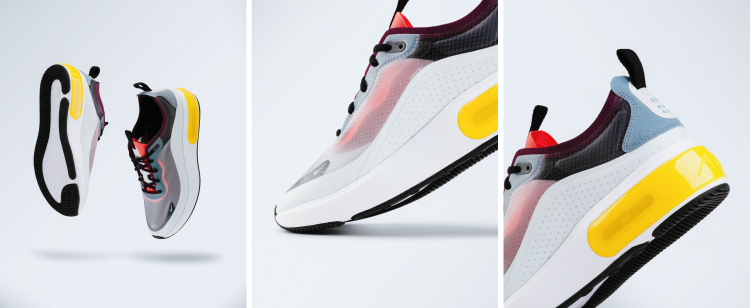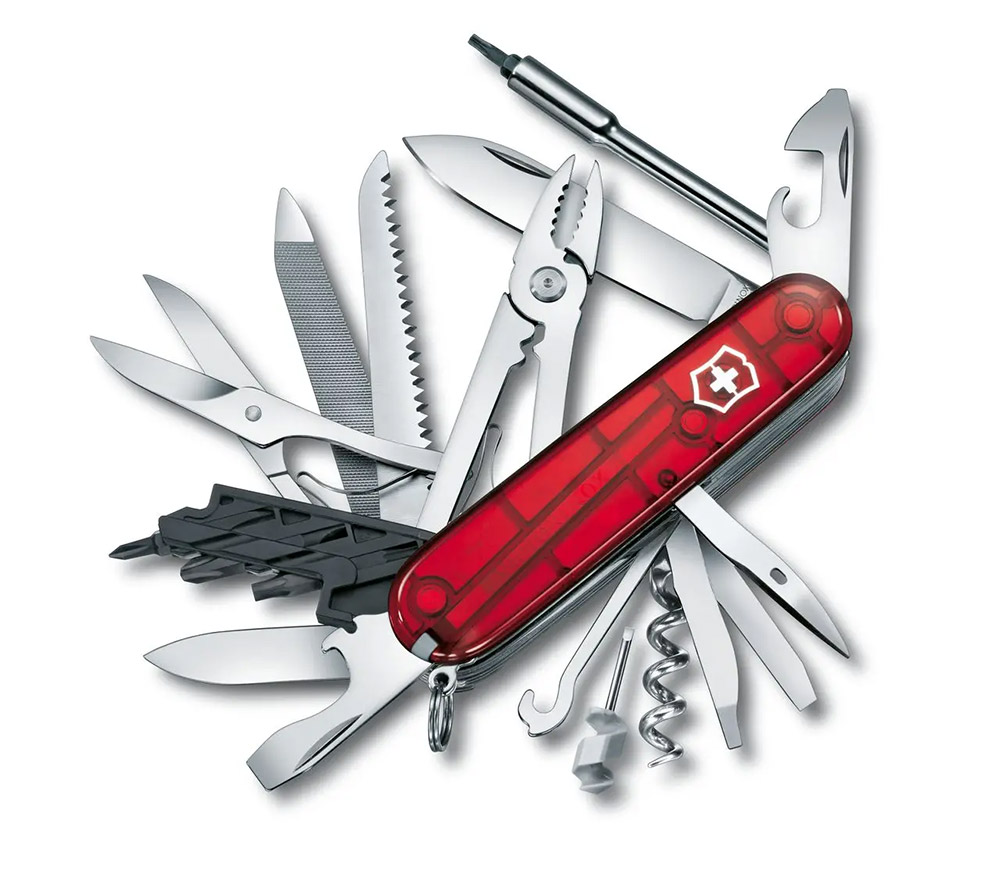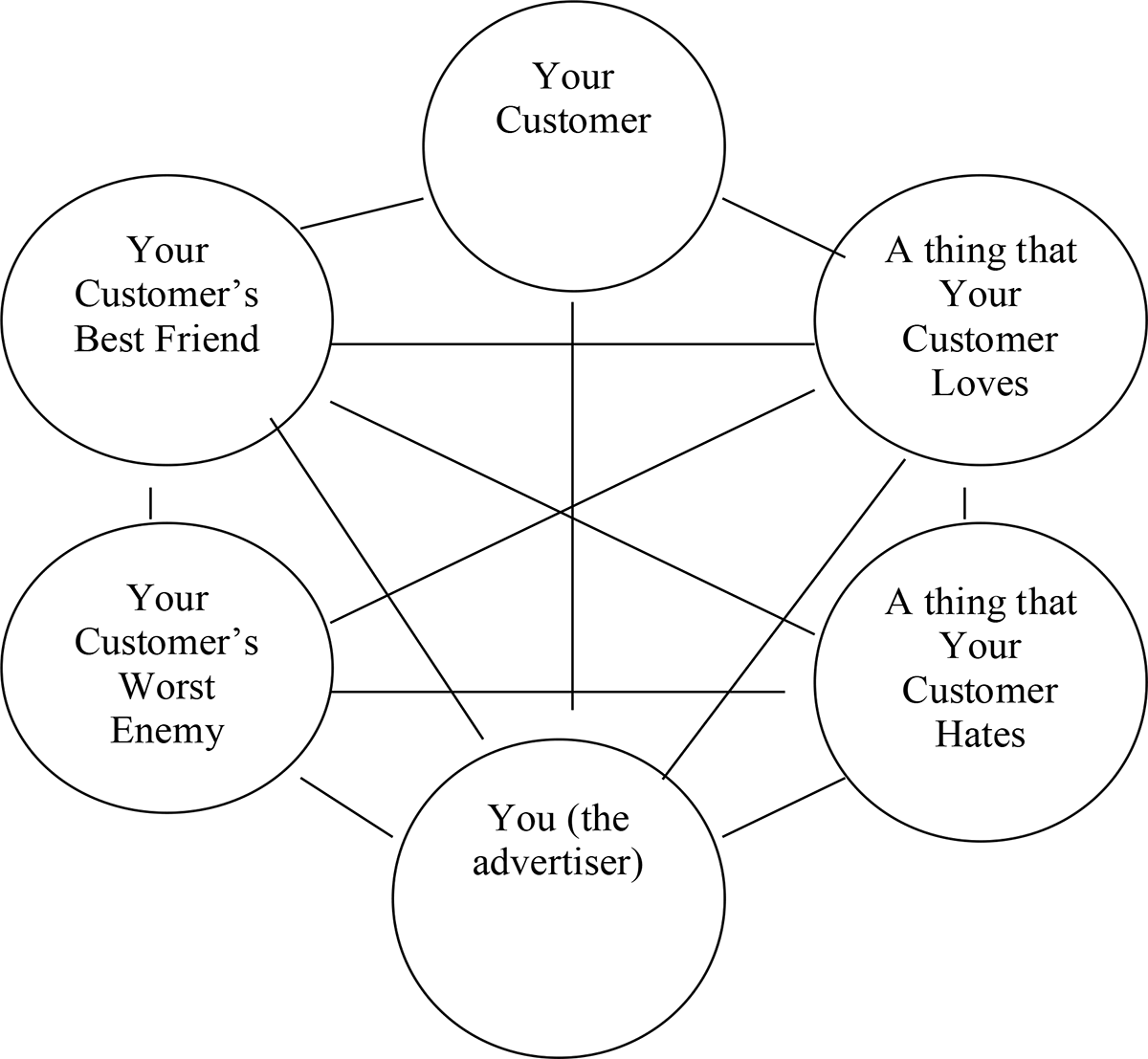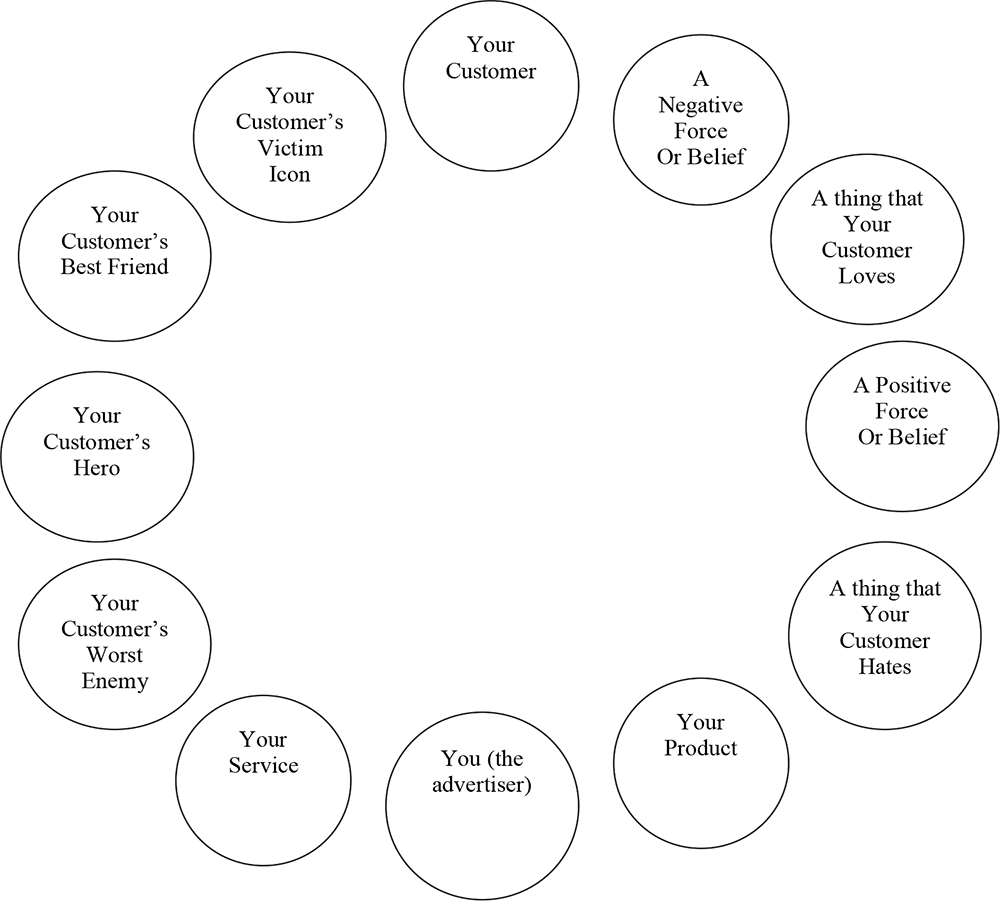David Ogilvy, a legend in the world of advertising, once said, ‘Never stop testing, and your advertising will never stop improving.’ He said that back in the 50’s but the advice is just as relevant today. You should always be optimising towards what is working best. To do that, you’ll need a solid process. A process that not only uses a structured way to create ideas for testing but also works with how we test on ad platforms in 2024.
So let’s get started. The number 1 thing that’s most important to improve your advertising, is to utilize the Scientific Method to conduct testing.
- Establish a Control element
- Then test against it.
- Constantly test and tweak one variable at a time until you find a winner
The problem is, most people try to change too many things at once. They’ll tweak the ad copy, the image, the targeting, the landing page, the offer… all in one go.
That’s way to much to draw meaningful conclusions from. And even if you could, you’d be spending a huge % of budget on testing and most of your week!
Testing Ad Concept A vs Ad Concept B is Outdated
This method relies more on luck and uses a very low volume of confidence data to pick winners.
This also applies to testing multiple hooks or creative, usually 3-6 similar Ads tested all at once, targeting the same audience and landing page.
The reasoning behind the A/B test method is to try and figure out what headlines, copy and creative work best with a particular audience and offer. But what happens is that each ad ends up competing with the others for data and spend is unevenly distributed across the ads.
You’re better off making one good test instead of splitting your budget into three tests that don’t provide meaningful conclusions.
Dynamic Creative: The New Way
- You pick creatives, photos or videos of a specific concept (more details on this below)
- You pick copy to pair with those creatives making sure the options are cohesive.
- Every variation and impression served informs the dynamic ad as to what to do next.
Why This is Better
- The best versions of ads are shown to your best prospects (rather than poor performers competing with your best ads).
- Each impression makes your ads smarter.
- Results are based on merit and impact.
- “Winners” are what earns spend and improves the result of the business.
Your Hypothesis: How To Work Out What To Test
Using dynamic ads should be the cornerstone of your advertising. Yet, there’s a common pitfall that many marketers tumble into without even realising it.
The crux of the problem? Many advertisers operate under the belief that they’re conducting extensive tests on a wide array of ads. However, upon closer inspection, it becomes evident that they’re merely tweaking minor elements within the same ad, essentially testing the same concept over and over again.
Most people think they’ve tested 20 ads but they really just tested 2 ads 10 different times.Glen Livingston
Let me give you an example of testing the same concept. This is a very simple example to emphasise the point.
Say you wanted to test a promotional ad for a new product you’re launching.
Here’s 3 typical headlines for the ad:
- “Last Chance! Offer Expires Tonight!”
- “Act Fast! Limited Time Discount Ending!”
- “Quick! Sale Closing Shortly – Don’t Miss Out!”
The problem is that all 3 headlines are testing the same thing – a sense of urgency.
The same principles apply for ad creative.
Here’s 3 typical images for the same type of promotional ad:
- Product photo using angle 1
- Product photo using angle 2
- Product photo using angle 3
Get Out of Your Comfort Zone
The heart of the issue lies in the comfort zone of familiarity. It’s natural to gravitate towards slight modifications of what’s already been done, especially when under the pressure of deadlines or budget constraints. The human brain is not wired to come up with a whole slew of radically different variations on its own. Left to ourselves, we come up with 10 versions each of 2 fundamental ad ideas.
Enter The Swiss Army Knife Technique
The Swiss Army Knife technique is an approach to ad testing taught by Perry Marshall. Unlike traditional methods, it allows you to test multiple variables systematically, identifying the most effective combination of elements in your ads.
The technique involves the following steps:
- Identify Key Variables: The first step is to identify the key variables in your ad that could impact its performance. This could include the headline, the main image, the call to action, the offer, etc.
- Create Variations: For each variable, create multiple variations. For example, if you’re testing headlines, write several different headlines for the same ad.
- Test Systematically: Run split tests for each variable, either one at a time, or using the new ad platforms multivariate testing. At first, you may want to stick to testing different headlines while keeping all other elements of the ad constant. Once you’ve identified the best-performing headline, you move on to test another element, like the image.
- Analyse Results: Analyse the results of each test to see which variation performs the best. The goal is to find the combination of elements that yields the highest conversion rate or the best return on investment.
- Iterate and Optimise: Continuously iterate based on your findings. As you identify the most effective elements of your ads, you can start to combine the best-performing variables to optimise overall performance..
Start With The Classics
Here are some common themes that will get you started :
- Loves vs. Hates:
– What your audience loves (e.g., convenience, saving money)
– What your audience hates (e.g., wasting time, overpaying) - Pain vs. Pleasure:
– Highlighting a pain point or problem (e.g., frustration with slow service)
– Offering a pleasurable solution or benefit (e.g., enjoying fast, efficient service) - Fear vs. Security:
– Playing on fears or concerns (e.g., fear of missing out, security risks)
– Providing a sense of safety or reassurance (e.g., risk-free trials, secure transactions) - Before vs. After:
– Depicting the ‘before’ scenario (e.g., challenges, inefficiencies)
– Showcasing the ‘after’ results (e.g., improvements, success) - Us vs. Them:
– Positioning your product/service as superior (e.g., why we’re better)
– Comparing against the competition (e.g., what others lack) - Simple vs. Complex:
– Emphasising simplicity and ease of use
– Highlighting comprehensive, advanced features - Fast vs. Thorough:
– Promoting speed and efficiency
– Emphasising thoroughness, attention to detail - Cheap vs. Premium:
– Focusing on cost-effectiveness, affordability
– Highlighting premium quality, exclusivity - Novelty vs. Familiarity:
– Introducing something new, innovative
– Emphasising reliability, tradition - Authority vs. Empathy:
– Establishing authority, expertise
– Showing understanding, empathy towards customer needs - Problem vs. Solution:
– Focusing on a specific problem or challenge
– Highlighting the solution or benefit your product offers - Emotional vs. Rational:
– Appealing to emotions (e.g., happiness, fear)
– Focusing on rational arguments (e.g., statistics, logical reasoning)
These “classic combinations” can keep you busy with ad testing for a long time. I would recommend that if you’re new to the testing process, then pick two options, get the ads done, and get them in front of a customer. Ultimately the customer’s vote is the only one that counts.
Once you’re in the habit of “gittin it done” then it’s time to move on to the next level and start layering more emotional triggers into your ads.
Unlimited Combinations – The 16 Blades of The Swiss Army Knife
Knife Blade 1 – Relationships
This picture shows 15 different relationships: Your customer and the thing she loves; your customer and the thing she hates; your customer and you… the thing your customer loves and its relationship to her worst enemy, and so on.
Most ads are about something you sell or some really obvious problem related to the keyword or audience your targeting.
For example, If we’re writing an ad for the keyword “bad marriage,” the ads you see in the Google Search are VERY predictable. This is pretty typical of most markets.
The Swiss Army Knife gives us all kinds of NEW ad hooks. Below is the enhanced version showing 66 different angles you could test.
Iteration Is The Secret to Ad Success
Ad testing is not a one-off task; it’s an ongoing process. The key is to continually analyze the results, learn from them, and apply these insights to future campaigns. This iterative process ensures that your advertising strategy evolves with your audience’s preferences and behaviors.
That why the Swiss Army Knife Techniques provides 16 blades in all that you can use for ideas to create compelling ads. Here’s the full list:
- Relationships | Knife Blade #1
- Imagery / Verbs | Knife Blade #2
- Emotions | Knife Blade #3
- Types of Statements | Knife Blade #4
- Time | Knife Blade #5
- Towards / Away From | Knife Blade #6
- Future | Knife Blade #7
- Capability | Knife Blade #8
- Levels of Identity | Knife Blade #9
- Proof | Knife Blade #10
- Numbers | Knife Blade #11
- Language Devices | Knife Blade #12
- Names | Knife Blade #13
- Locations | Knife Blade #14
- Direct Marketing Offers | Knife Blade #15
- Ad Structure | Knife Blade #16
Now, you might be thinking, “Do I need to test all of these themes at once?” The answer is a resounding no. That would be like trying to use every single spice in your rack for one dish. Instead, you select the blades that best complement the “flavour” of your ad. Maybe you’re crafting an ad that needs to tug at the heartstrings—a pinch of emotion here, a dash of relationship there. Or perhaps you’re building a case for why your product is the best choice, sprinkling in some proof and a compelling offer.
The beauty of the Swiss Army Knife method is in its structured flexibility. It’s like having a roadmap that highlights all the possible paths you can take, but you get to choose which route will lead you to your destination.
What this method truly offers is a way to systematically unleash creativity. It’s not about throwing things at the wall and seeing what sticks; it’s about thoughtful exploration and experimentation. By mixing and matching different blades, you can discover combinations that you might never have considered before, leading to ads that are not just seen but felt.
What To Do Next
- Start small and scale gradually.
- Keep your tests controlled and consistent.
- Be patient and give each test enough time to yield meaningful data.
- Avoid changing too many elements at once.

